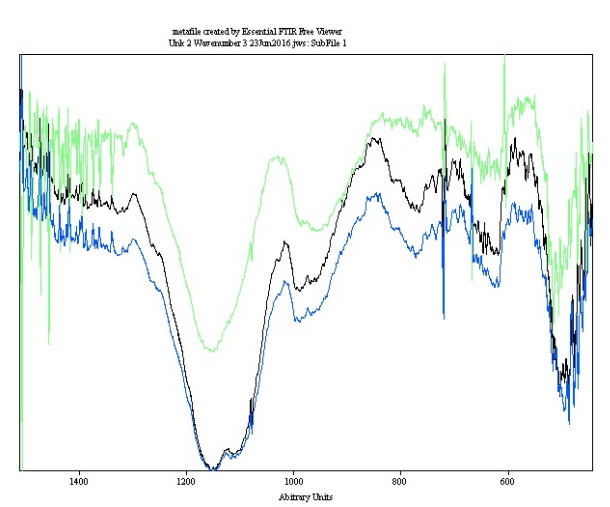At Anderson Materials Evaluation, Inc., we specialize in solving unusual materials problems using advanced analytical techniques. A Moissanite merchant asked us to distinguish between the 4H and 6H polytypes of artificial silicon carbide crystals. To achieve this, we utilized FTIR (Fourier-transform infrared) spectroscopy, a technique typically used for analyzing organic materials.
SiC Crystals and Their Properties
- Cost-effective Substitute for Diamonds: SiC crystals, also known as Moissanite, are harder and more chemically inert than cubic zirconia and possess greater brilliance, even more than diamonds.
- Crystal Structure: The crystals are artificially produced with bilayers of atoms arranged in three different configurations: A, B, and C. The two polytypes, 4H and 6H, differ in the sequence of these bilayer stacks.
FTIR Spectroscopy for Polytype Differentiation
Our report, “FTIR to Distinguish the 4H and 6H Polytypes of SiC Crystals”, details how we used FTIR spectroscopy to differentiate these structures and address issues of disorder. Presented with our customer’s permission, it outlines our process and findings.
Key Findings
- Spectra Analysis: We show three FTIR transmission spectra of the Princess-cut SiC crystal below. These spectra are very similar to those of the known 4H polytype SiC crystal (Moissanite).

- Customer Satisfaction: By using FTIR spectroscopy for this application, we were able to provide a solution that exceeded our customer’s expectations.
Contact Us
If you have any unusual materials problems or need advanced materials analysis services, contact us today to learn how we can assist you.
